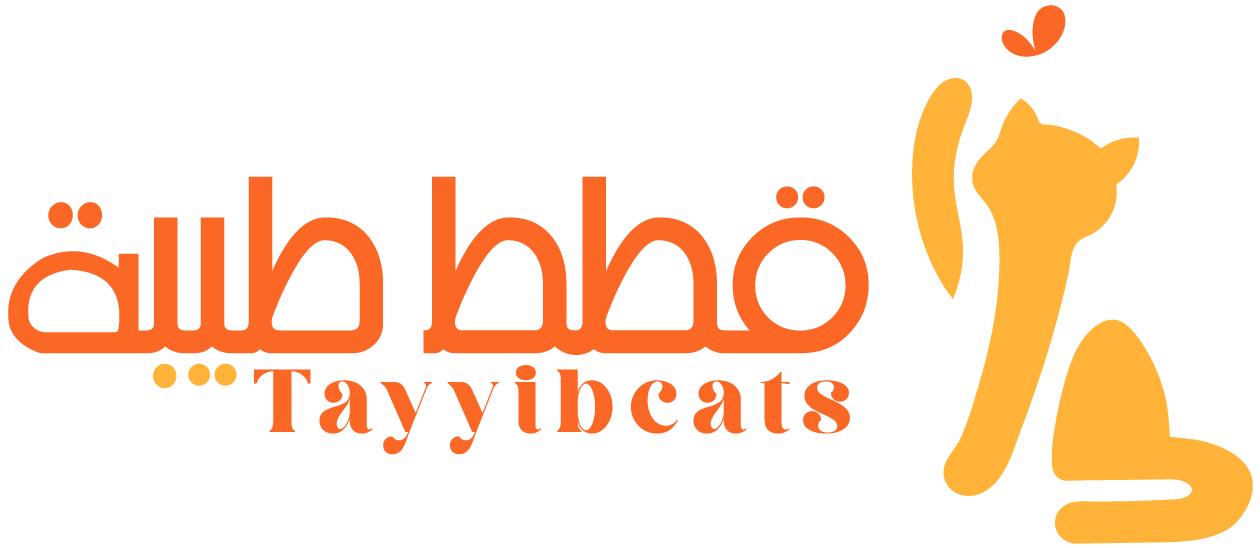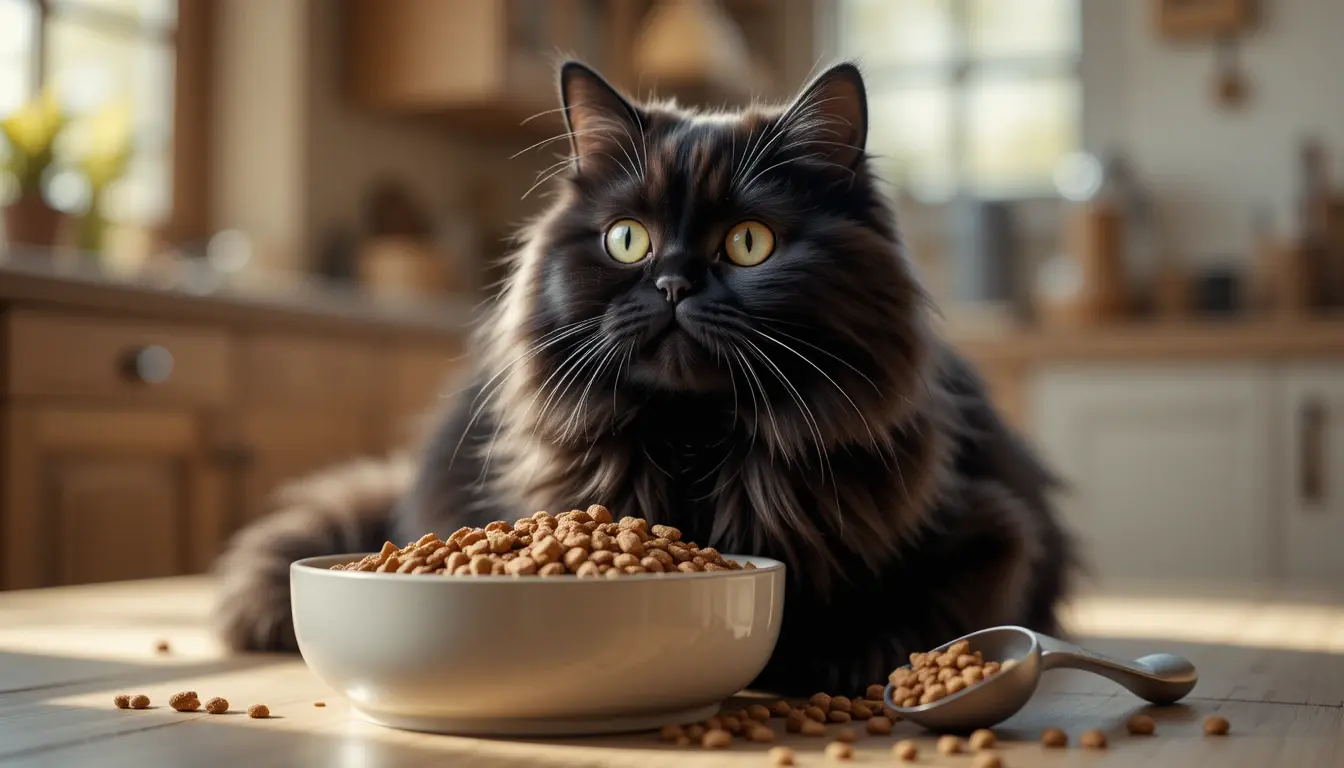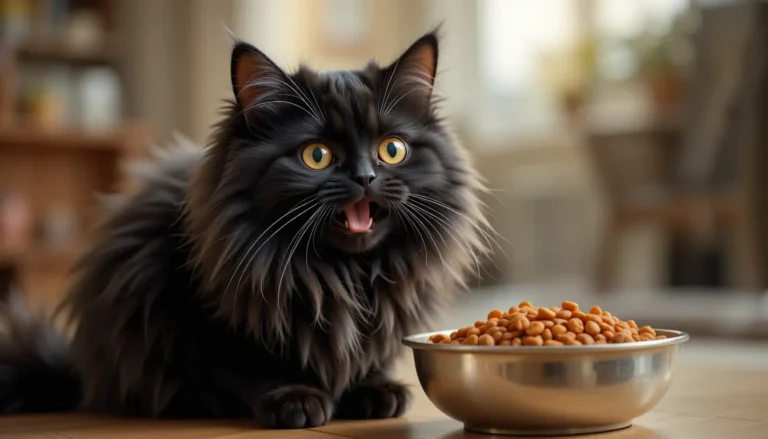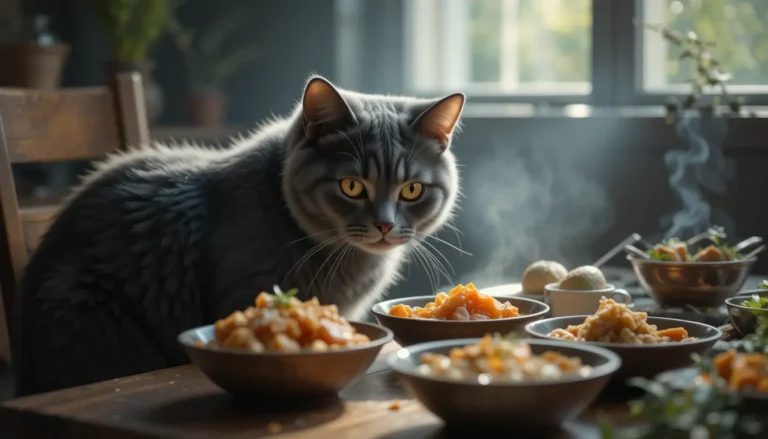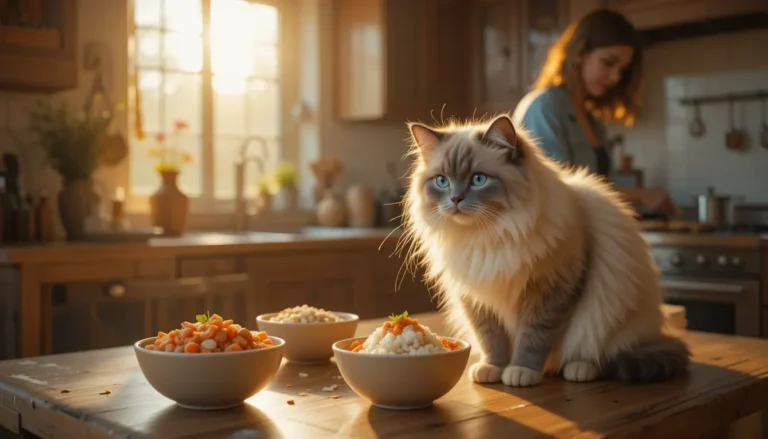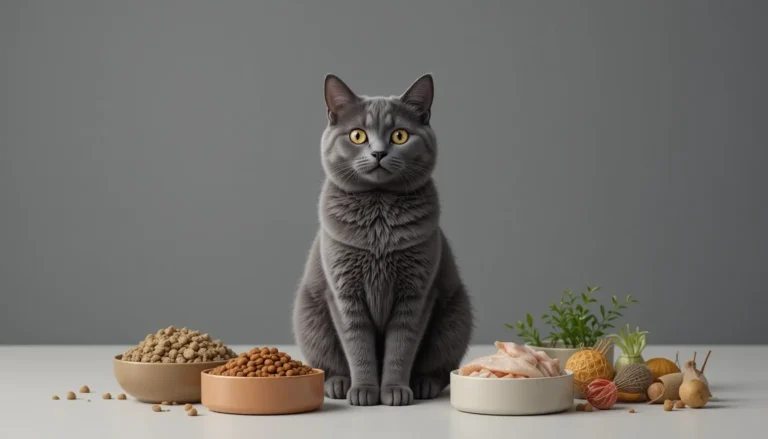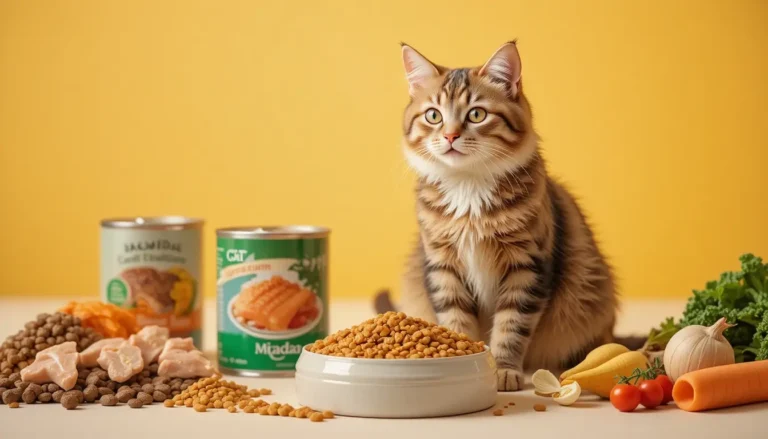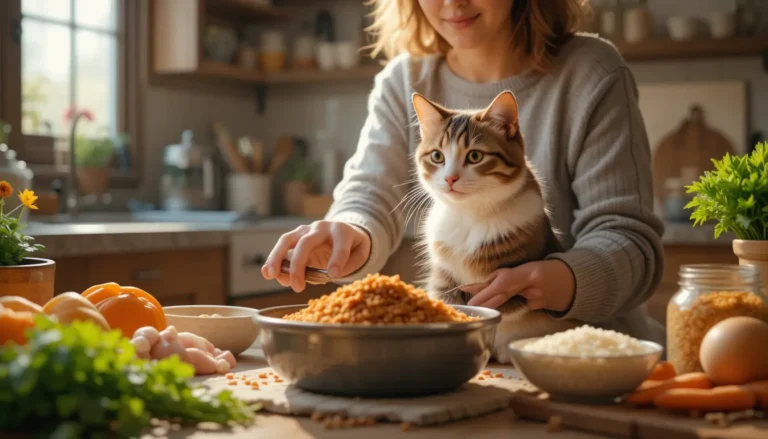How Much Dry Food to Feed a Cat?
Feeding your cat “just enough” isn’t always easy. Whether you’re living in Dubai, KSA, or anywhere in the Gulf, the question “how much dry food to feed a cat” is more than just checking a label. Your cat’s age, activity level, and even if they’re spayed or neutered, all influence the right food portion.
Feeding the wrong amount can lead to feline obesity, vomiting, or long-term health issues like arthritis. So let’s decode the ideal cat feeding guide, balance between dry food vs. wet food, and how to use a cat feeding chart to keep your feline friend healthy and satisfied.
How Much Should I Feed My Cat Dry Food Daily?
The general rule: Adult cats need around 20–30 kilocalories (kcal) per 450g of body weight per day. On average:
- Indoor Cats need around 60–70 kcal/kg of body weight
- Outdoor Cats may require up to 90–100 kcal/kg due to higher activity levels
If you’re using a brand like Science Diet, you’ll find a guaranteed analysis and ingredient list on the packaging to help guide serving size. Refer to a cat feeding chart or speak with a veterinarian to adjust based on your cat’s Body Condition Score (BCS).
How Much Dry Food Should I Feed My Cat by Life Stage?
Kittens
Growing kittens need high caloric intake for proper growth and development. Feed 3–4 times daily with kitten-specific dry food formulated for nutritional needs.
Adult Cats
Feed twice a day, measuring dry food portions to maintain a healthy weight. Use a feeding schedule and adjust based on activity levels and body condition.
Senior Cats
Senior cats may need fewer calories but more targeted nutrients for joint support and kidney health. Look for senior cat food and speak to your veterinarian for a customized plan.
Pregnant Cats & Nursing Cats
During pregnancy or lactation, female cats need a high calorie cat diet. Feed small, frequent meals and consider adding wet food or chicken and rice formulations for better digestibility.
How Much Wet and Dry Food to Feed a Cat? Mixed Feeding Advice
Combination feeding is ideal for many cats, offering the benefits of both dry food and wet food:
- Dry food supports dental health and easy portioning
- Wet food offers hydration and variety
A typical plan:
- 50% wet food (cans or sachets)
- 50% dry kibble
Make sure the total daily calorie intake aligns with your cat’s weight and BCS.
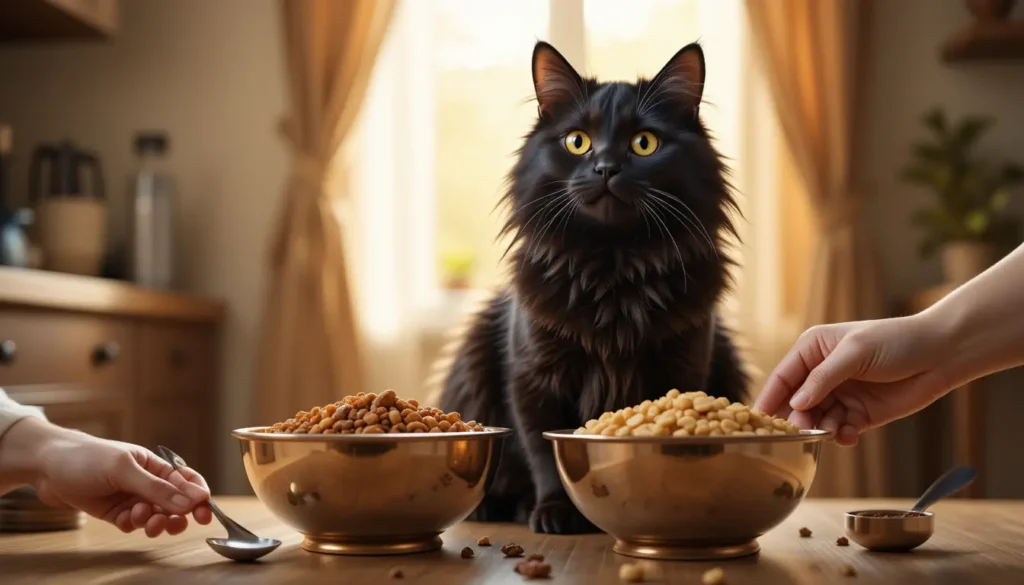
Why Does My Cat Not Eat Dry Food?
Some cats dislike dry food due to texture, flavor, or even tooth pain. Others suffer from cat food spoilage in high humidity environments like Dubai or KSA, where dry cat food can absorb moisture.
Try:
- Warming it slightly
- Adding a spoon of wet food
- Switching to grain-free dry food
- Using a refrigerated feeding bowl or a feeding timer
Is Dry Food Bad for Cats or Enough on Its Own?
Dry food alone can meet nutritional requirements, but only if it’s complete and balanced. Look for labels meeting AAFCO standards. However, exclusively feeding dry food may increase the risk of dehydration, urinary tract issues, or obesity in inactive or spayed/neutered cats.
Balance it with wet food or water-rich treats, and always ensure your cat has access to fresh water.
How to Calculate Dry Food Portions for Your Cat?
Use your cat’s ideal body weight and activity level to determine calorie needs:
| Cat Size | Weight | Calories/Day | Dry Food Amount/Day |
|---|---|---|---|
| Small Cat | 2.5 kg | 180–200 kcal | 35 g |
| Medium Cat | 4 kg | 250 kcal | 50 g |
| Large Cat | 5.5 kg | 300–350 kcal | 65–70 g |
Track changes in your cat’s appetite, weight, and body condition. You may also use tools from pet nutrition platforms or consult Dr. Callie Harris, DVM, for veterinary advice on feeding cats.
Do Cats Prefer Wet or Dry Food? And What About Spoilage?
Cats have unique preferences. Some prefer wet food for its aroma and texture, while others enjoy crunchy dry kibble. To keep food fresh:
- Store in an airtight container
- Avoid exposure to high heat or humidity
- Check expiration and smell for signs of mold or oxidation
Does cat dry food go bad? Yes, especially in humid climates like KSA, where moisture causes food spoilage or mold growth.
Can You Add Water to Dry Cat Food?
Yes! Adding warm water to dry food can improve palatability, help with hydration, and support senior cats or those with dental issues. Just serve fresh and discard leftovers within 30 minutes to prevent bacterial growth.
Can I Go Back to Dry Cat Food After Feeding Wet?
You can transition back to dry food by gradually mixing increasing amounts over 5–7 days. This helps prevent digestive upset and supports consistent feeding habits for cats.
Conclusion: How Much Dry Food to Feed a Cat Daily?
To answer the question “how much dry food to feed a cat” accurately, you must consider age, weight, activity level, and health status. Whether you’re in Dubai, KSA, or beyond, always adjust portions using a cat feeding chart, check the ingredient list, and maintain a routine with a feeding schedule.
Your feline’s health depends on consistency, quality, and balance. Need help choosing the best approach? Explore more feline nutrition insights at Tayyibcats, your trusted guide for cat care and feeding.
FAQs
How much dry food should a cat eat during the day?
An adult cat typically needs 45–70 grams of dry food per day, depending on body weight and activity level. Always adjust based on caloric needs and your cat’s body condition score (BCS).
What is the portion size for dry food for cats?
The standard portion size for dry food ranges from ¼ to ⅔ cup per day, depending on cat weight, age, and calories per gram. Check the cat feeding chart on your brand’s packaging.
How many cups of dry food should a cat eat?
Most average-sized adult cats need between ⅓ to ½ cup of dry cat food daily. Larger or more active cats may need more; smaller or indoor cats may need less.
Should I leave dry food out for my cat overnight?
Leaving dry food out overnight is fine if your cat grazes, but it can lead to overeating, obesity, or food spoilage in humid climates like Dubai or KSA. Use a feeding schedule if possible.
How much dry food for 1 cat per day?
A single adult cat usually requires around 250–300 kcal, which equals about 50–70 grams or ½ cup of dry food daily. Tailor portions to match activity levels and ideal body weight.
